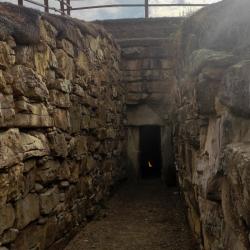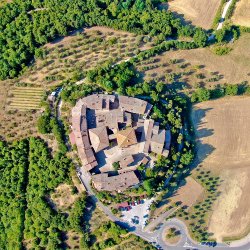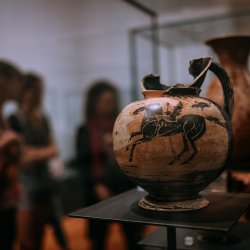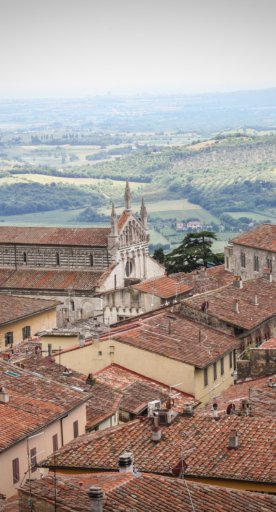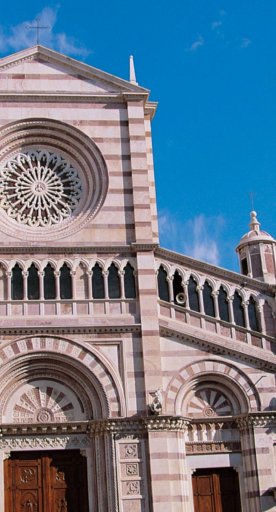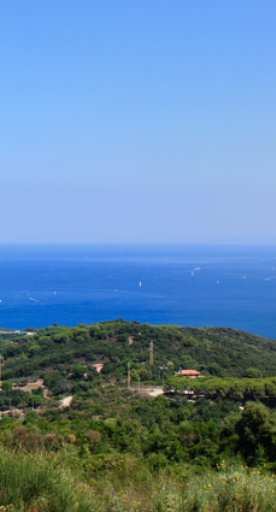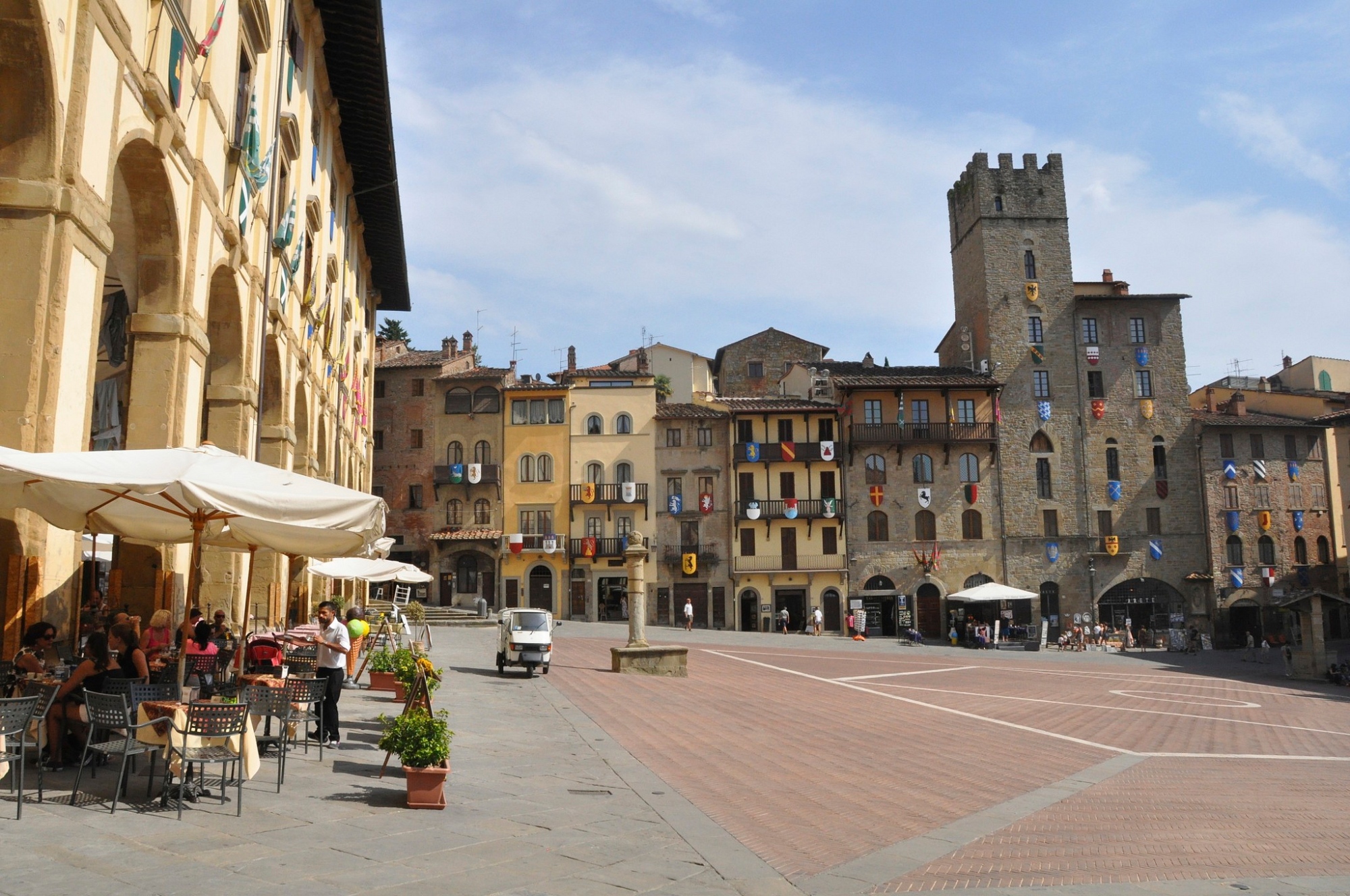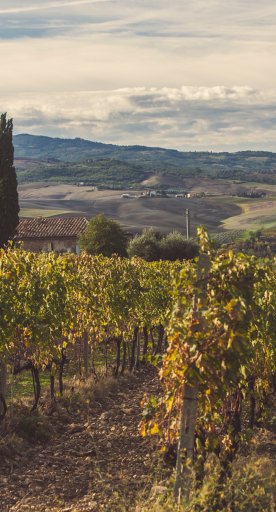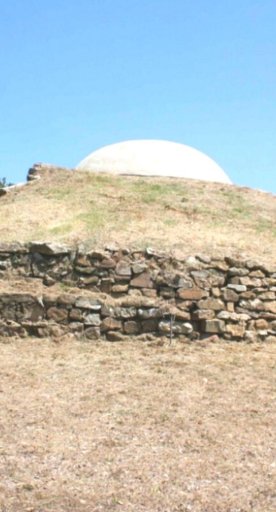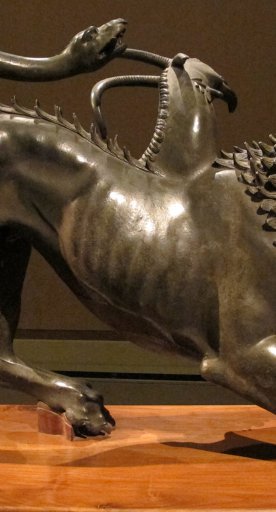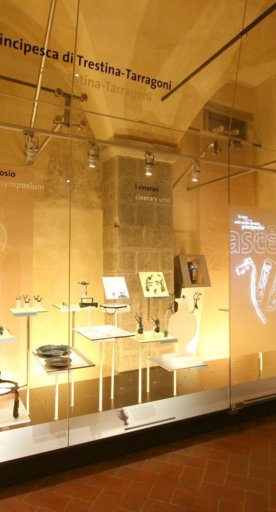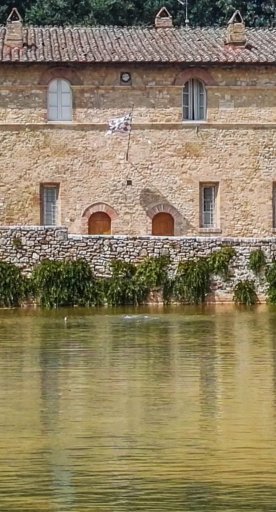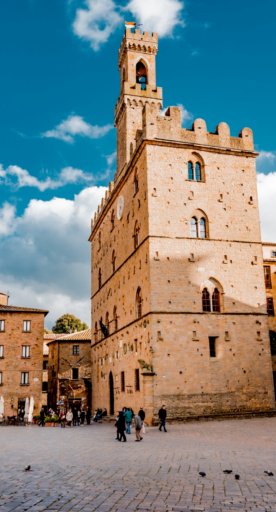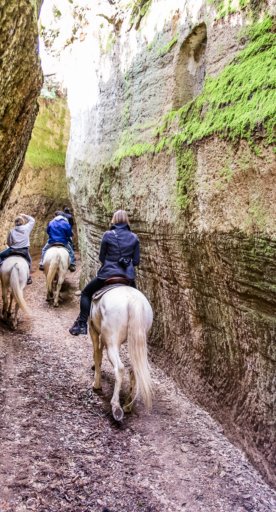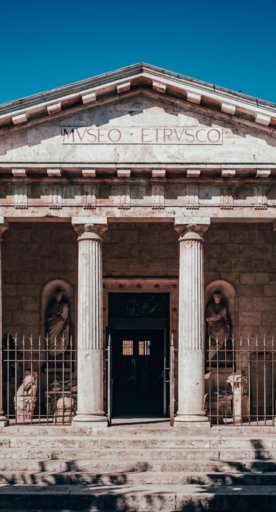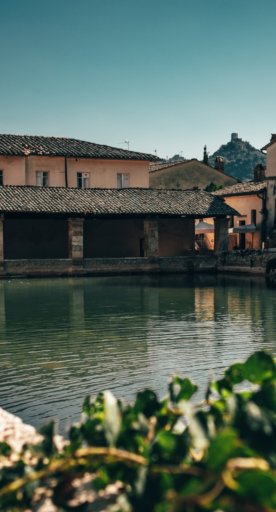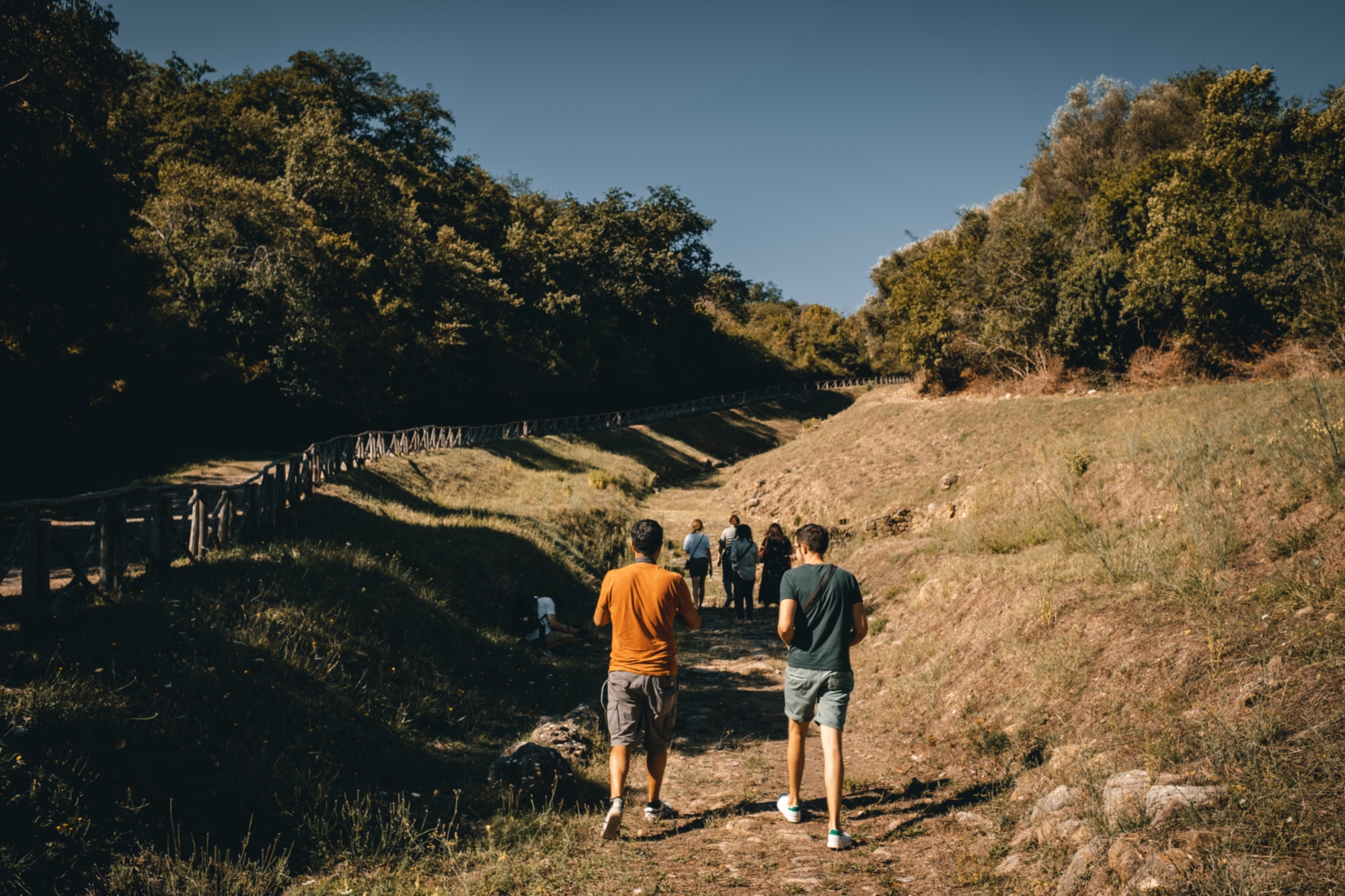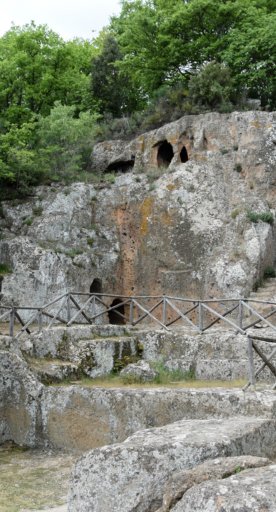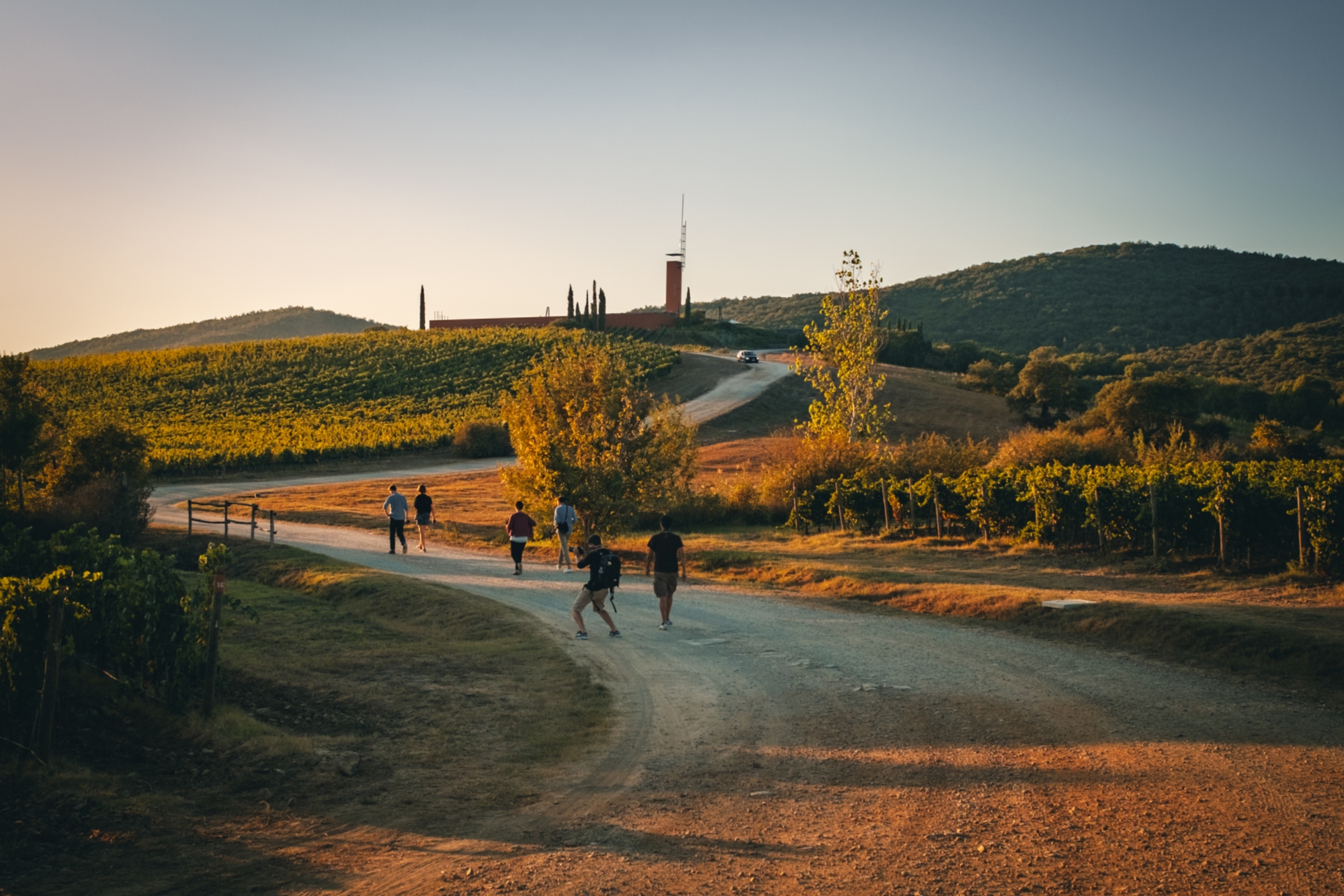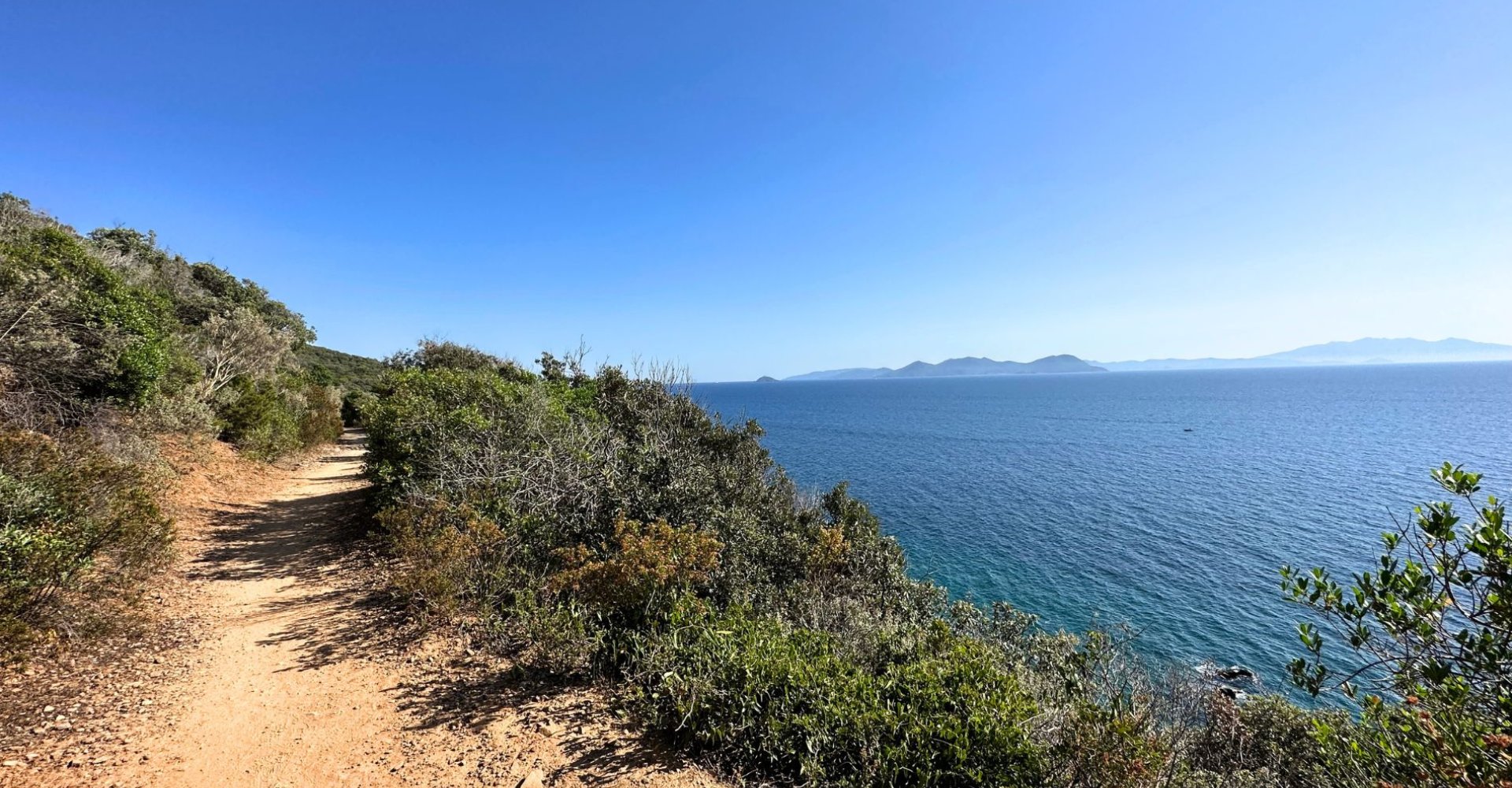

Trekking between nature and Etruscan archaeology
Excursions through beautiful Tuscan landscapes in the footsteps of the Etruscans
From the coast to the mountains, among Tuscany's most beautiful natural landscapes, from funerary finds to the only Etruscan city overlooking the sea, amidst evidence of the most remote and mysterious history; the combination of nature and archaeology in Tuscany takes on tones that are as fascinating and evocative as they are unrepeatable. Whether in the Mediterranean scrub or in the extensive forests that cover the mountain slopes or on the paths that furrow the rolling Tuscan hills, at every step it is possible to be surprised by the ancient Etruscan history that has been preserved by nature and rendered to our eyes. Here is where to go in Tuscany to undertake wonderful treks and be amazed by Etruscan archaeology.
-
1.Etruscan Coast, the Via dei Cavalleggeri
-
2.Mount Amiata, the sacred mountain of the Etruscans
-
3.The tuff area, the Vie Cave
-
4.Casentino, the Lake of the Idols
-
5.Valdichiana, Mount Sant'Egidio
-
6.At the foot of Montalbano, the Via degli Etruschi
-
7.The Via Etrusca from Fucecchio to Fiesole
Etruscan Coast, the Via dei Cavalleggeri
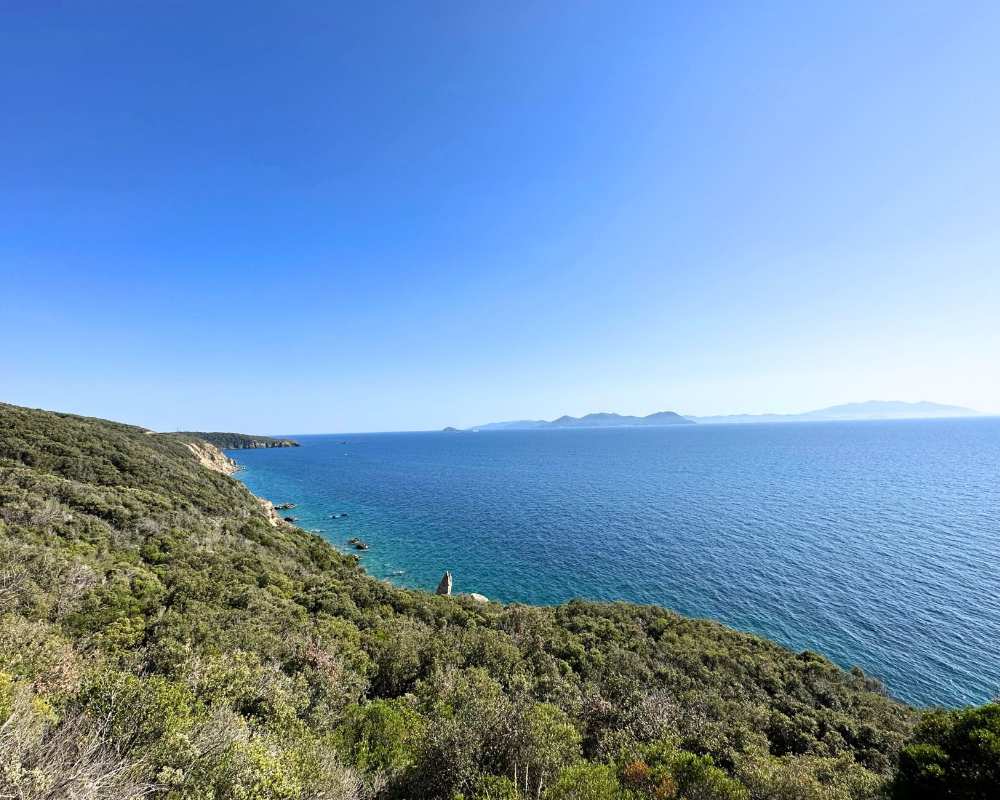
Between the sky and the sea, the Piombino coastline is crisscrossed by mid-coast paths that connect the wonderful Calamoresca to the gulf of Baratti rich in Etruscan history, passing through the legendary Buca delle Fate (Cove of the Sirens) and Populonia, the only Etruscan coastal settlement that to this day preserves its historical soul in the museum and archaeological area. Partly overlooking the sea, partly immersed in lush Mediterranean scrub, the trekking route also reveals several Etruscan burial mounds concealed by vegetation; it is called Via dei Cavalleggeri (The Way of Cavalrymen) because this stretch of coastline was guarded in medieval times precisely by cavalrymen, figures referable to modern-day financiers.
Mount Amiata, the sacred mountain of the Etruscans
An ancient, now extinct volcano that towers in southern Tuscany, Mount Amiata is covered with trails and is a renowned hiking destination from which to enjoy the beautiful views of the surrounding territories, from the Val d'Orcia to the Maremma. At its foot, three villages in particular have roots in Etruscan times, Cinigiano, Roccastrada and Civitella Paganico. Numerous are the testimonies scattered in the area, as much as the excursions that it is possible to make to discover the Amiata nature, either starting from the villages or right along the slopes of the volcano up to the famous monumental cross that towers above it. Among the most striking routes is the Mount Amiata ring, and it is possible to make real hiking trips there that last up to a week.
The tuff area, the Vie Cave
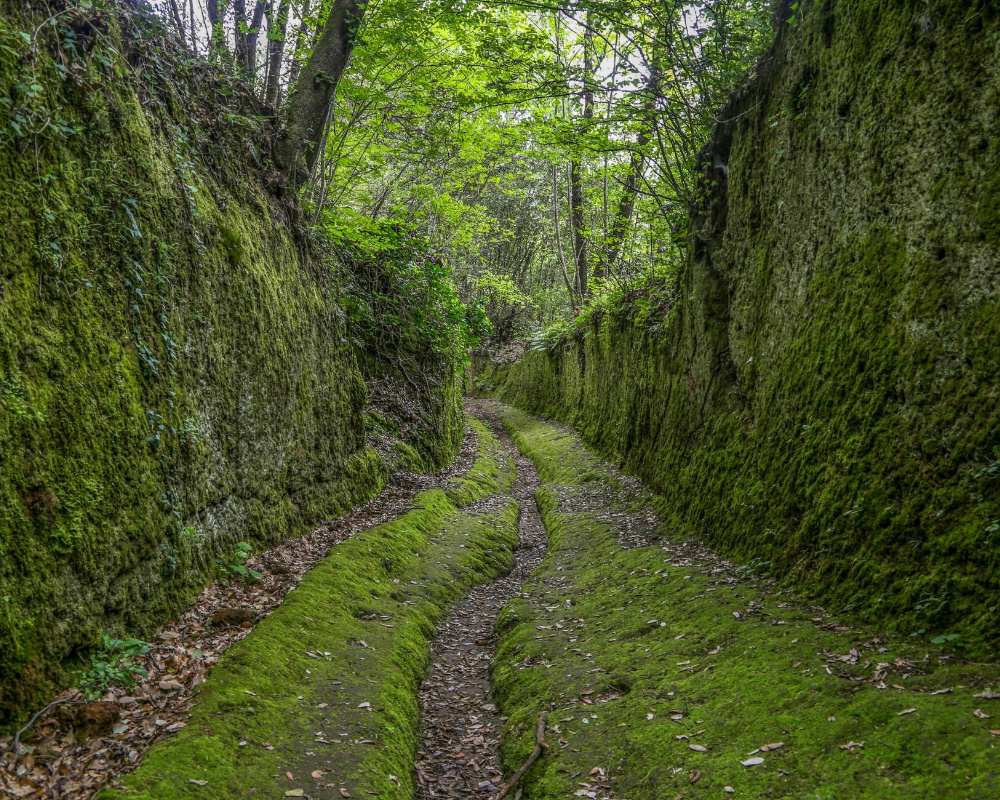
Deep in the southern Maremma, lies the tuff area with the wonderful villages of Sorano, Sovana and Pitigliano; an area enriched by one of the richest Etruscan histories in the peninsula. The Città del Tufo archaeological park and the Alberto Manzi open-air archaeological museum in Pitigliano are furrowed by the so-called Vie Cave, paths carved into the tuffaceous rock made in Etruscan times, whose function to this day is still unclear: they could have been used as a simple road network or had strategic or celebratory purposes. To this day they constitute sections of fascinating trekking routes, for example the one from Pitigliano, to enjoy Maremma nature and archaeological treasures.
Casentino, the Lake of the Idols
In the green heart of the Casentino forests, along the southern slopes of Mount Falterona, the most important archaeological site in Casentino, the Lake of the Idols, a small reservoir not far from the source of the Arno, makes its way through the vegetation. In this place, sacred to the Etruscans, numerous artifacts were found, of which some bronze votive statuettes are preserved in the Piero Albertoni Archaeological Museum of Casentino; the entire Falterona is radiated by numerous paths that allow you to explore this beautiful portion of Casentino and intercept precisely the Lake of the Idols, a small but precious natural Etruscan treasure chest.
Valdichiana, Mount Sant'Egidio
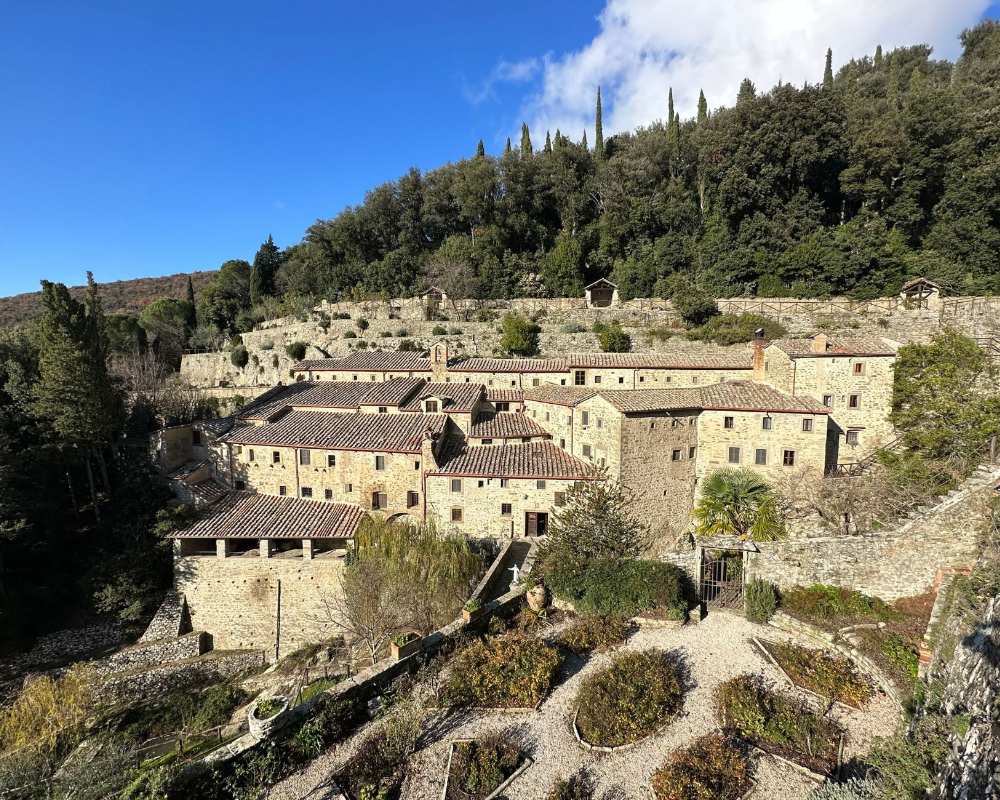
The entire Arezzo Val di Chiana is affected by the Etruscan presence, but the town of Cortona and its pleasant surroundings hold an unparalleled archaeological wealth. Starting from the historic center, home to the MAEC, the Museum of the Etruscan Academy and the City of Cortona, it is possible to continue to Mount Sant'Egidio along paths with ancient history and close the trekking ring back to Cortona, passing by the Hermitage of the Celle, a place of peace and nature, the first convent founded by St. Francis. In addition, the nearby archaeological park scattered in patches, rich in remains from the Etruscan and Roman periods, can be reached and explored by walking and biking thanks to MAEC's Trekking-Cycling Trails project.
At the foot of Montalbano, the Via degli Etruschi
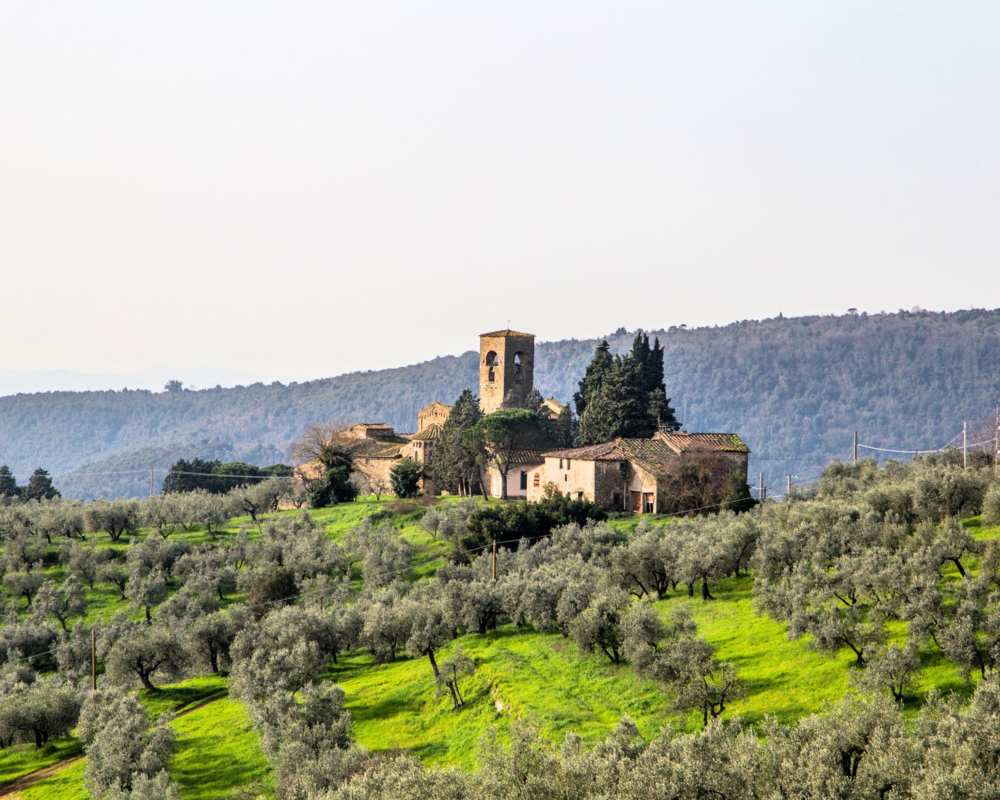
The Prato hills that accompany the descent of Montalbano welcome splendid villages set in exceptional natural frames. Of Etruscan origin, Artimino guards its artifacts and secrets in the Francesco Nicosia archaeological museum and is the starting point of the Via degli Etruschi, a hiking itinerary that can be taken both on foot and by mountain bike that, in the footsteps of the Etruscans, crosses the hills and the Prato and Florence Apennines before plunging into Emilia Romagna. The route intercepts the city of Prato, then leaves it behind as it continues to Montecuccoli, the last Tuscan stop.
The Via Etrusca from Fucecchio to Fiesole
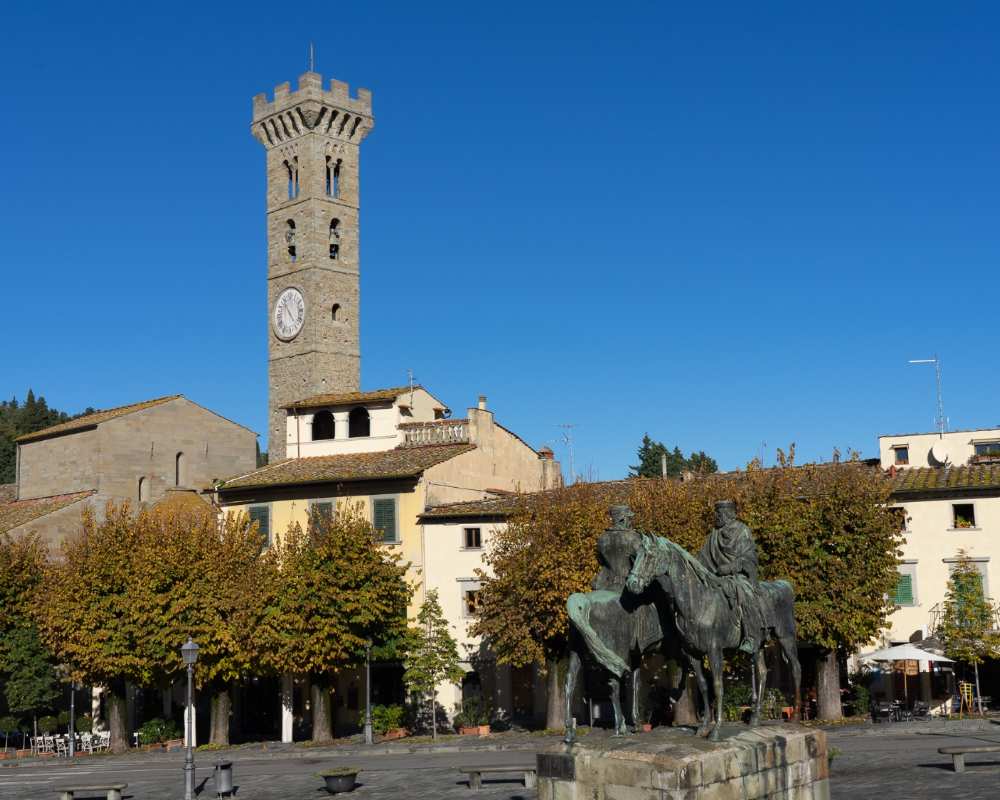
Another splendid itinerary in the footsteps of the Etruscans involves the hills of Artimino, but leads to the hillocks overlooking Florence, custodians of what was once a very important Etruscan fortress, Fiesole. A strategic and communication hub between Etruria and the Po Valley, Fiesole preserves its very rich and fascinating history in its museum and archaeological area, as well as offering wonderful views of the Città del Giglio. A final stop, Fiesole is just the icing on the cake of an itinerary that immerses in the beautiful Tuscan countryside while also discovering lovely villages such as Vinci.



